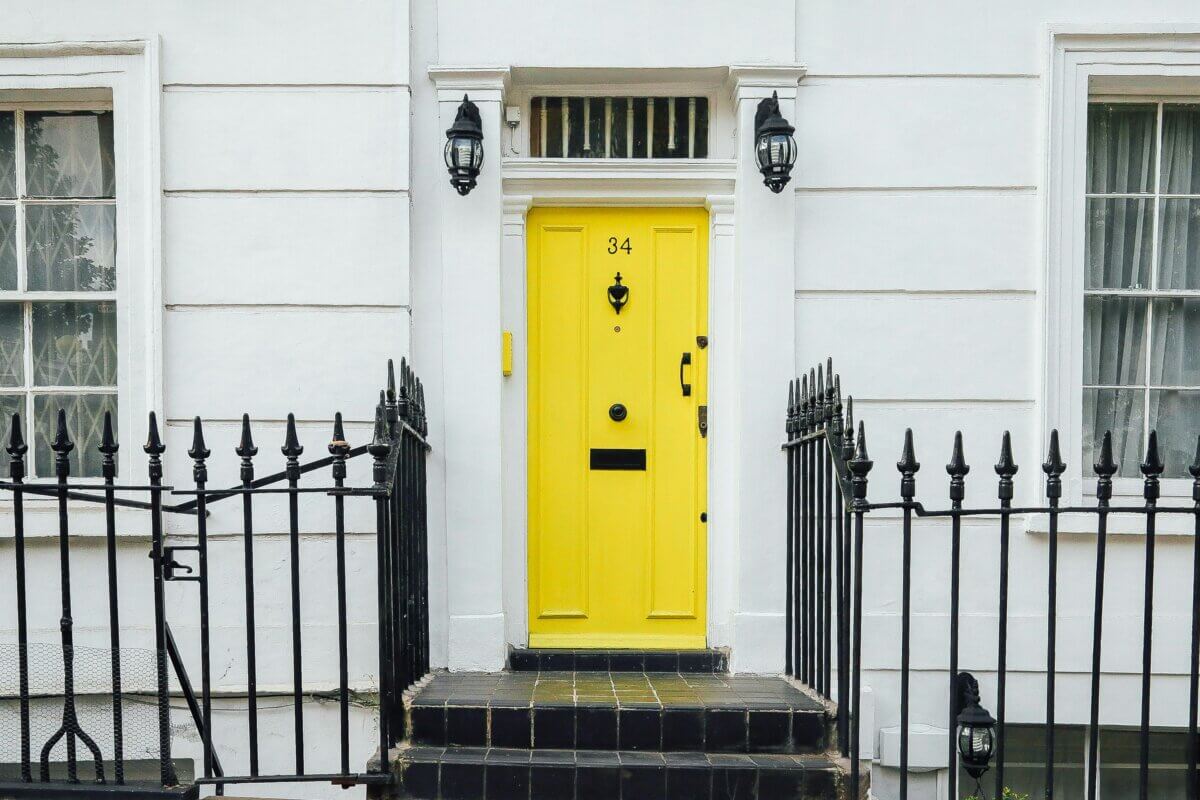How can we help you with Stamp Duty Land Tax?
Stamp Duty Land Tax, or SDLT, can sometimes be a very simple tax in theory, but more often, it can be quite complicated. In fact, the actual banding/rates are straightforward, but it is the many rules and reliefs that overlay those bandings that can create the complexity.
Our indirect Tax/SDLT experts can help keep you up to date and ensure compliance, whilst minimising the SDLT liability by using the appropriate relief and rules.

Commercial properties
For a commercial property where the property is being moved inter-group, then corporate group/restructuring reliefs may be available to remove SDLT liabilities.
Residential properties
For residential property, buying a main residence/family home, and for developers or buy-to-let landlords with a portfolio of properties, there can be additional SDLT rates to consider.
Non-UK buyers
Non-UK resident buyers of residential property may also be subject to additional SDLT rates relating to the non-resident nature of the buyer, whether that be a corporate vehicle or personal. Non-resident SDLT can be reclaimed, where UK residency conditions are met.
Rayner Essex can advise in relation to England, Scotland and Wales

SDLT only applies to property transactions in England

For property transactions that take place in Scotland, the tax is named Land and Buildings Transaction Tax

For property transactions in Wales, the tax is named Land Transaction Tax
When is SDLT Applicable?
You pay SDLT (or the Scottish/Welsh equivalents) when you:

Buy a freehold property

Buy a new or existing leasehold

Buy a property through a shared ownership scheme

Transfer land or property in exchange for payment*
*for example, when you take on a mortgage or buy a share in a house
SDLT for Residential Properties

First Time Buyers
There is a higher starting threshold for SDLT when buying your first residential property. It means that there will be no SDLT to be paid up to the first £425,000 of the property price, and then 5% SDLT on the portion from £425,001 to £625,000
Eligibility is where the buyer and anyone else buying with the buyer are first-time buyers.
Where the price of the first-time property is over £625,000, then there is no first-time buyer relief at all. In other words, the first-time buyer relief is only in play for properties up to £625,000
For companies with common ownership and control, there may be scope to form a VAT group. Transactions between companies within a VAT group will not need to charge VAT to each other – improving cash flow and simplifying intercompany accounting.
Higher Rates for Additional Dwellings (HRAD) Properties
When purchasing a dwelling (apartment, house, etc.) and where the conditions are met, there may be an additional 5% SDLT applied in addition to the SDLT rates applicable for residential purchases. For example, where the first £250,000 of the property price is Nil SDLT, where the higher rate applies, then 5% will apply to this first £250,000 banding.
The main triggers for the higher rate are where the purchaser is either a Ltd entity or where an individual already owns more than one main residence. For example, if a UK resident purchases a second home – unless they sell the old residence and make that second apartment their new residence – then the 5% higher rate will apply.
Where there is a delay in selling the previous main residence, the higher rate is still applicable until the previous main residence is sold. There are also time limits to when the sale must take place if the higher rate SDLT is to be claimed back.
Not forgetting that there is already an additional 2% additional SDLT rate where the buyer of residential property is non-UK resident, such as non-resident UK companies or overseas based individuals. That means that a non-UK resident buying a dwelling could see their effective SDLT rates being as high as 17% on the basis that the highest SDLT band for residential property is 12%, plus 3% if a second home or being purchased by a corporate body and plus 2% if the purchaser is non-resident.
For example, if an individual purchases a second home as an investment or buy-to-let (BTL) property for £1 million, this property would be subject to the new SDLT surcharge rates. Since it is an additional property and not replacing their main residence, the following SDLT would apply:
| Purchase price bands (£) | Percentage rate (%) | SDLT pre Budget 2024 | From 31/10/24 |
| Up to 250,000 | 3 | 7,500 | 12,500 (5% SDLT) |
| Above 250,000 and up to 925,000 | 8 | 54,000 | 67,500 (10% SDLT) |
| Above 925,000 and up to 1,500,000 | 13 | 9,750 | 11,250 (15% SDLT) |
| Above 1,500,000+ | 15 | 0 | 0 |
| Total SDLT due | 71,250 | 91,250 |
There is an additional £20,000 SDLT as a result of the 2% increase to the existing 3% surcharge. If the purchaser is non-UK resident then a further 2% in addition to the 3% applies and note that the now 5% surcharge and 2% non-resident surcharge has no nil rate band so the 5%+2% applies to the whole value of the property, which is then in addition to the existing SDLT bandings.
The single rate of SDLT charged on dwellings costing more than £500,000, when purchased by corporate bodies, has increased by 2 percentage points from 15% to 17%, effective from 31 October 2024. Various reliefs may be available for corporate property purchases to remove or reduce this charge, but as with all tax matters, the SDLT due will depend on the specific circumstances of each transaction.

Non-Resident Additional Rate when Purchasing Dwellings
If the buyer of a residential property is not a UK resident for at least 183 days (6 months) during the 12 months before purchase, then the buyer is deemed to be ‘non-UK resident’.
In this situation, there is an additional 2% SDLT applicable in addition to the existing SDLT bandings for residential property.
The higher rate of 5% SDLT is also applicable if the property being purchased is not going to be the main UK residence of the buyer, so it is, therefore, possible for an overseas buyer of an apartment to pay 5% higher rate plus the 2% non-resident rate + the normal SDLT bandings.
It is possible to reclaim this 2% additional rate from HMRC if the buyer can prove that they have since become resident in the UK for the aforementioned minimum period of time.
SDLT for Commercial Properties

Commercial property purchases are usually fairly straightforward when it comes to calculating SDLT liabilities.
The complications can arise when moving properties within a corporate group when trying to extract a property from a corporate group into personal ownership/dividend in specie, with sub-sales or restructuring transactions, and more often when issuing new or renewing leases.
In these situations, it is important to understand the full transaction and from that, apply the correct parts of the legislation to ensure compliance and the correct amount of SDLT is paid at the correct time.
Mixed-use properties
Additional complications arise when purchasing mixed-use property, where a mixture of residential and commercial property is being purchased at the same time or via linked transactions.
That can potentially mean the residential element of the purchase is treated the same as commercial property and availing of the generally lower non-residential SDLT rates whilst also negating the higher rates associated with acquiring a residential property into a corporate entity.
What type of businesses do we help with SDLT?
You may be an established business and have your dedicated accountant, and simply require SDLT advice, we are happy to help whatever your situation.

Sole traders

Partnerships

Limited companies

Start-up businesses

Small owner-managed businesses

Medium sized businesses, Corporates

Private clients and individuals

Multinationals
SDLT FAQs
Meet our SDLT and VAT experts
If you want to find out more or to discuss your specific business requirements, don’t hesitate to get in touch. Our Chartered accountants in London and St Albans accountants below will be happy to help.
Related News
 Read more about Company Valuation: How to value a business
Read more about Company Valuation: How to value a business
Knowing the value of your business is incredibly insightful, whether you want a clearer view of your financial health, wish
 Read more about Buying A Business in the UK: A Complete Guide
Read more about Buying A Business in the UK: A Complete Guide
This guide’s step-by-step process will help you when making a decision to acquire a business. Whether you’re already a successful
 Read more about Why is it Important to Have an Exit Strategy for Your Business?
Read more about Why is it Important to Have an Exit Strategy for Your Business?
The entrepreneurial journey can be a thrilling ride, but every venture must have an endpoint. An exit strategy, often overlooked



